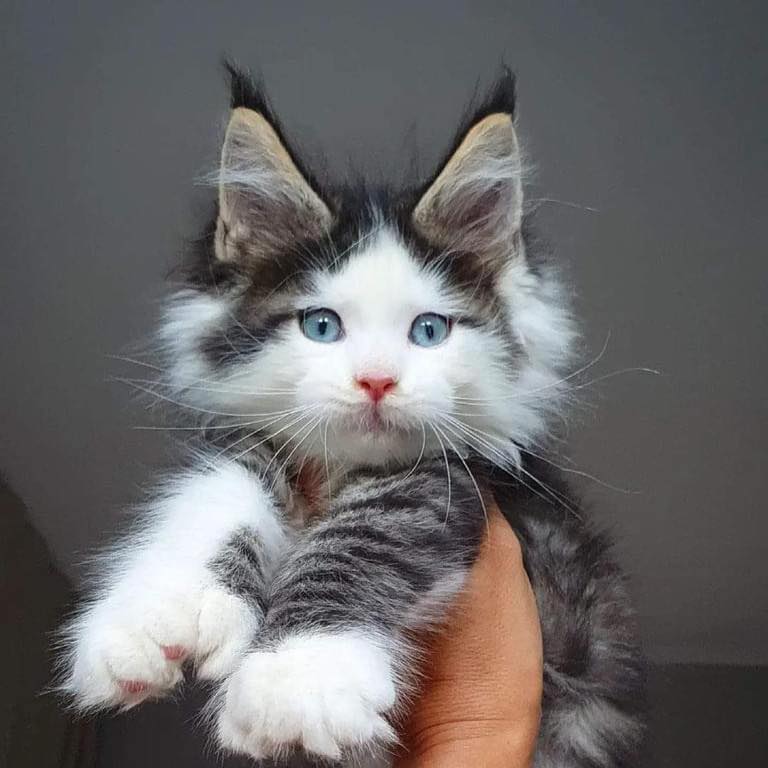What if we stopped believing cats never listen? Training a cat is about offering irresistible choices, perfect timing and a safe, calm vibe. No yelling, no power struggle—just teamwork, clear signals and a few well‑timed treats.
- The right mindset to train your cat
- Common mistakes to avoid
- Fixing tricky behaviors—without stress
- The litter box, simple and reliable
- Scratching the furniture: channel, don’t forbid
- Urine marking and stress relief
- Scratches during play
- Multi-cat households
- What you can teach (and your cat will love)
- Tools that truly help
- A 10-minute daily routine
- FAQ
The right mindset to train your cat
Cats don’t “obey”; they choose. Your mission? Make the right choice easy and rewarding. Keep sessions tiny (2–5 minutes), be consistent and pay fast when she gets it right.
Fun fact: many cats learn best right before meals, when motivation is purring at full volume. Use a marker (a clicker or a cheerful “yes!”) and reward within 3 seconds to lock in the association.
Pro tip: stash a mini training caddy by the sofa (treats, clicker, target toy, wipes). When a good behavior pops up, you’re ready to mark it right away. Want help reading tail talk? Explore this quick guide to cat tail language.
Common mistakes to avoid
- Punishing or shouting: it erodes trust and ramps up stress—which often fuels “naughty” behaviors. Cats learn best when they feel safe.
- Inconsistent rules: couch is off-limits Monday, tolerated Tuesday? Confusing. Set simple rules and stick to them.
- Repeating cues on a loop: “come, come, come…” blurs the message. Say it once, pause, then help with a body gesture or lure and reward the first try.
- Cleaning with bleach: that scent attracts many cats and can trigger marking. Use an enzymatic cleaner instead—here’s why bleach fascinates cats.
Fixing tricky behaviors—without stress
The litter box, simple and reliable
Provide at least one box per cat plus one extra, large, spotless and placed in a quiet spot. Scoop daily, keep 3–5 cm of litter and check texture preferences.
Targeting a specific corner? Park a litter box there short-term, then move it gradually. If accidents continue, check health first and troubleshoot with our guide on why cats pee outside the box. Want to upgrade your setup? Here’s how to choose the best litter.
Scratching the furniture: channel, don’t forbid
Scratching is essential. Offer a stable, tall post (as long as your cat fully stretched) with a texture she loves (sisal, dense cardboard, wood). Place it exactly where she already scratches—she gave you the right address.
Mini protocol: when she heads for the couch, calmly guide her to the post, mark and reward the moment she uses it. Double-sided tape on the hot spot and a dusting of catnip on the post speed things up. For more ideas, try these furniture-saving tips.

Urine marking and stress relief
New furniture, smells or tension often spark marking. Multiply resources (bowls, boxes, beds), play 10–15 minutes twice daily and add elevated hideouts.
Clean marked areas with enzymatic cleaner—never bleach. If it persists or comes with overgrooming, call your vet. Meanwhile, learn to spot stress signals in cats.
Scratches during play
Use a wand toy—never hands. End with a calm phase and a small treat to lower arousal.
If teeth or claws touch skin, freeze for 5 seconds, end the fun, then restart with a toy. Your cat quickly learns what keeps the game going.
Multi-cat households
Introduce gradually: scent swaps, a closed-door meet-and-greet, then brief, treat-rich encounters. Feeding at the same time, at a distance, often soothes tension.
Need a step-by-step plan? Here’s how to introduce a new cat without conflict.
What you can teach (and your cat will love)
Coming when called
Pick one cue (“come!”) and one marker (clicker or “yes!”). Say the cue, reward the first step toward you, and pay fast. Three tiny reps are perfect.
For a stronger recall, start by building value in her name with this guide to teaching name recognition.
Using the litter on cue
Escort her to the box at key times (after sleep, play, or meals). The moment she hops in, mark with a happy “yes!” and reward.
No pressure—keep it short, reinforce wins and stay upbeat.
Leaving plants alone
Offer cat grass to chew safely. Make plants less tempting: pebbles on the soil, raised pots and a quick redirection to a toy.
Before buying that new ficus, double-check the list of plants dangerous to cats.
Sleeping in her own bed
Place the bed in a cozy, warm corner, slightly elevated. At night: hunting play, a small snack, then bed—same order, same spot.
Meowing protests? Don’t give in. Your consistency pays off fast.
Bonus tip that changes everything
Use a 90-second timer: do 3 mini reps, take a 30-second break, then put the gear away. Add a special “session finale” box (a few crunchy treats that appear only now) to end on a high note.
Tools that truly help
- Clicker or marker word to nail perfect timing.
- Varied scratchers (vertical, horizontal, sisal, cardboard) to cover every preference.
- Target stick or toy to guide without forcing: follow, mark, reward, repeat.
- Enzymatic cleaner to erase tempting odors for good.
Curious about some quirky rituals? Here are the surprising reasons cats scratch the floor.
A 10-minute daily routine
- Morning: 3 minutes of recall + 2 minutes “I scratch the right post.”
- Evening: 10–15 minutes of hunting play, then a treat and bed.
- Daily staples: fresh water, a clean litter box and the golden rule—reward what you want to see again.
Gentleness, regularity, clarity: your cat gains confidence and autonomy—and you gain peace of mind.
FAQ
Can you train an adult cat as well as a kitten?
Yes. Break skills into tiny steps, reward often and keep sessions short. Motivation matters far more than age.
How long before I see real results?
Recall and scratcher habits can improve within a week. For solid litter habits or reduced marking, plan on a few weeks of consistency.
What should I do if my cat pees outside the litter box?
Rule out medical issues with your vet first. Then optimize boxes and environment and follow this step-by-step pee-outside-the-box guide.
Do I need a clicker to train a cat?
No. A short, cheerful “yes!” works beautifully. A clicker simply adds extra precision if you like gadgets.








